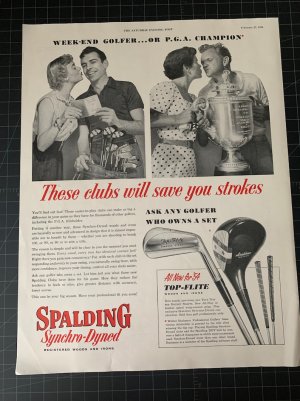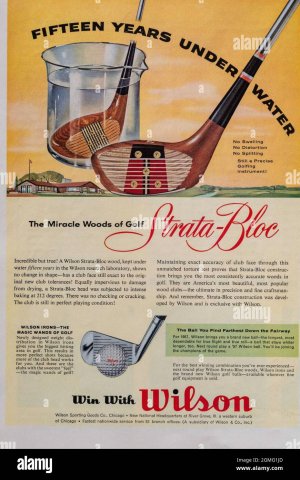sunshine
Well-known member
No.There have really only been four developments in golf clubs in the last century; the move from hickory to steel, from knife blades to perimeter weighting, from wooden woods to metal ones and as a subset of that from metal drivers to 460cc Ti ones, and the replacement of low irons by hybrids. All the rest is just colourways, swirls, and go faster stripes. So the upgrades are truly there and it is worth replacing them about every 25 years or so on average. Or more frequently if the colour of the lipstick arc you are looking down at at address is important to you.
FIVE: turbolators



